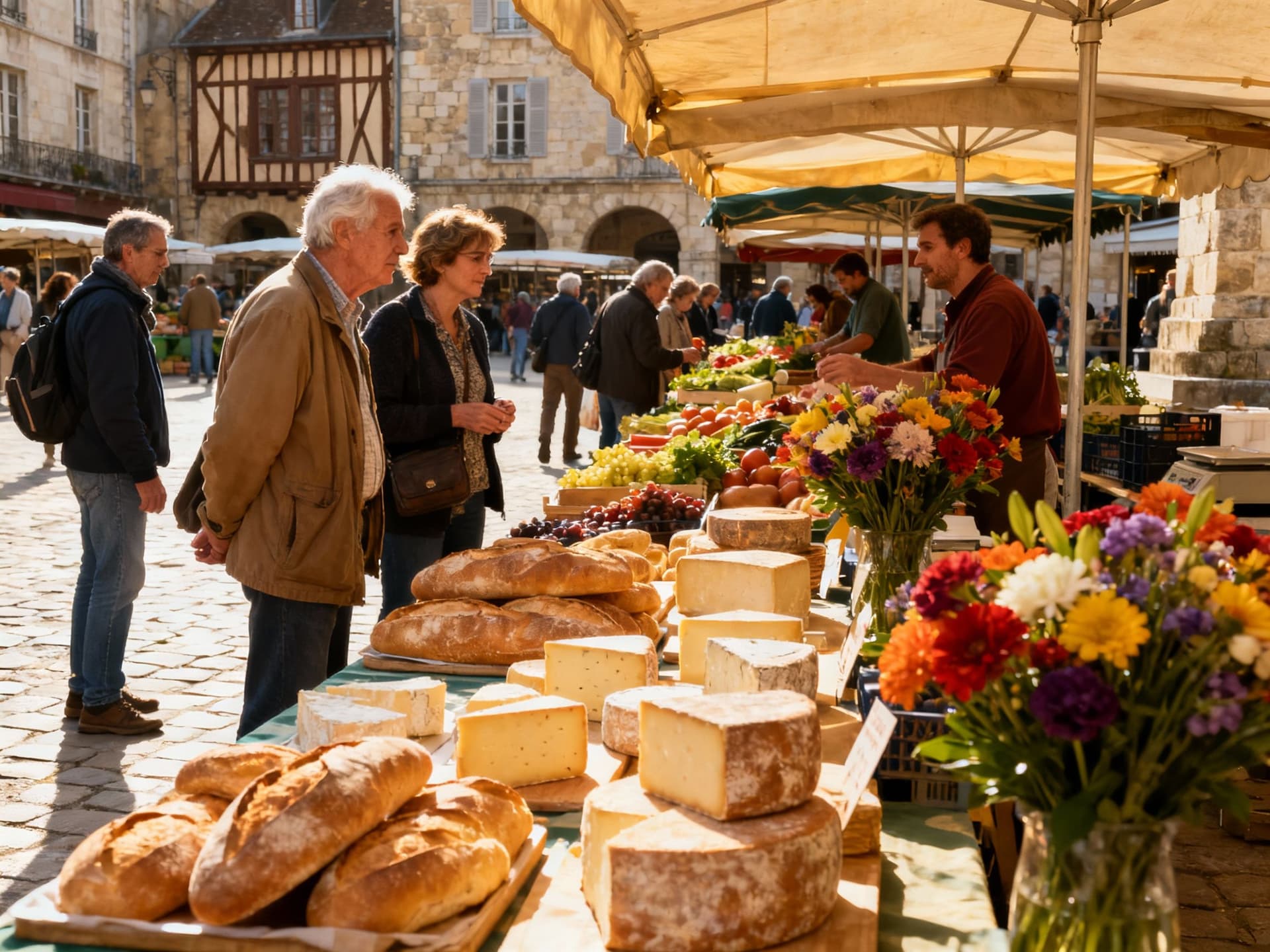France: Taxes, Costs and the Economics Behind Rental Yields
Balance France's lifestyle appeal with macroeconomic drivers: model taxes, transaction costs, seasonality and local demand to forecast realistic rental yields and total cost of ownership.
Imagine strolling a Saturday morning marché in Lyon or a late-afternoon café on Paris’ Left Bank: the smell of warm bread, the measured Parisian pace, regional accents on the tram — living in France blends everyday refinement with predictable rhythms. Behind that charm lie measurable economic forces that shape property returns: wages, interest rates, regional job growth and tax rules. This guide connects the lifestyle you see to the macro drivers that determine price growth, rental yields and total cost of ownership for international buyers.
Living the French lifestyle — what you'll actually experience

Daily life in France is shaped by diverse micro‑markets: Parisian arrondissements with tight apartment stock, Atlantic coastal towns with seasonal rental demand, and mid‑size regional cities (Lyon, Nantes, Toulouse) anchored by industry and universities. Macro indicators such as GDP growth, inflation and employment influence household capacity to pay rent and buy homes; recent official forecasts show modest GDP growth and disinflation that affect real returns and borrowing costs. Translate those national signals into local expectations before you buy.
Neighbourhoods that define the feeling
Paris retains the density, transit and rental liquidity prized by investors but commands high price per square metre and low gross yields. Lyon and Bordeaux combine steady capital growth with stronger yields in suburban belts. Coastal zones like Biarritz and Nice see pronounced seasonality — peak summer rents can be high, but long‑term yields compress outside season. Choose a neighbourhood by tenant profile: students, professionals, families or seasonal tourists — each yields different cashflow dynamics.
Food, markets and seasonal life — why demand fluctuates
Markets pulse with seasonality. Summer tourism inflates short‑term lettings along the Riviera; university terms drive student demand in Montpellier and Toulouse. Local amenities — weekly marchés, reliable transport (TER, tram, RER), and medical centres — sustain long‑let demand. Practical implication: properties near transport hubs and markets retain higher occupancy and lower management overhead.
- Lifestyle highlights: Marchés at Marché d’Aligre (Paris), morning coffee terraces in Vieux Lyon, surf beaches in Hossegor, the Sunday brocante in Nice, weekly produce markets in Aix‑en‑Provence, and the university buzz around Rue de la République (Lyon).
Making the move: practical considerations that affect returns

Converting lifestyle ambitions into returns requires mapping transaction costs, taxes, financing and local regulation. Interest rate trajectories, fiscal policy and regional employment trends drive capital appreciation and rental growth. International buyers should model total cost of ownership (purchase price plus taxes and maintenance) and stress‑test yields against higher vacancy and maintenance scenarios.
Property styles and the way you'll live (and rent)
Typical investments differ by supply: Parisian apartments are compact, often requiring renovation for modern amenities; provincial townhouses and village houses offer higher square metres but can require more CAPEX. New builds (neuf) carry lower maintenance and VAT treatments but may be priced at a premium that reduces gross yield — weigh lower OPEX against a higher capital outlay when forecasting net returns.
How local experts shape lifestyle-aligned investments
- 1) Match tenant profile to neighbourhood: ask agents for anonymised rental comparables and occupancy rates. 2) Insist on three years of transaction history to understand seasonality and price volatility. 3) Run a cashflow model (gross yield, net yield after tax and charges, and loan servicing) with conservative vacancy assumptions. 4) Verify energy performance (DPE) and expected renovation costs — efficiency affects rentability and refinancing options.
Insider knowledge: regulatory and tax realities expats often miss
Foreign buyers must budget for transfer taxes (notaire fees) that typically add 7–8% on resale purchases and consider wealth and income tax rules that affect net yield. Recent macro forecasts suggest slowing GDP growth and lower inflation — helpful for real returns but also a reminder that capital appreciation will be uneven regionally. Get local tax advice early to model after‑tax cashflows and repatriation implications.
Cultural and administrative realities that affect tenancy
French tenancy law leans toward tenant protection: eviction timelines are longer and deposit rules are strict. Expect longer lead times on renovations that require municipal permits in protected zones (centres historiques). These factors increase holding costs and can compress short‑term returns, but they also stabilise long‑term rental markets by reducing churn.
Long‑term lifestyle and portfolio considerations
- 1. Diversify by region: combine stable urban cores with higher‑yield suburban or student properties. 2. Prioritise cashflow-positive assets if you rely on rental income for servicing debt. 3. Factor renovation and DPE upgrades into 5‑year return models; energy‑efficient units attract higher rents. 4. Use local management for tenant screening and compliance to reduce legal risk.
Conclusion: France offers diverse lifestyle environments that translate into distinct investment profiles. Use national macro indicators (growth, inflation, rates) to set realistic expectations, then drill to neighbourhood-level supply, tenant demand and regulatory costs. Start with a local cashflow model that includes transfer taxes (7–8%), conservative vacancy (5–10%) and renovation buffers. An informed local agent and fiscal adviser should be part of the team — they connect the lived experience you want with the returns you need.
Dutch investment strategist who built a practice assisting 200+ Dutch clients find Spanish assets, with emphasis on cap rates and due diligence.


